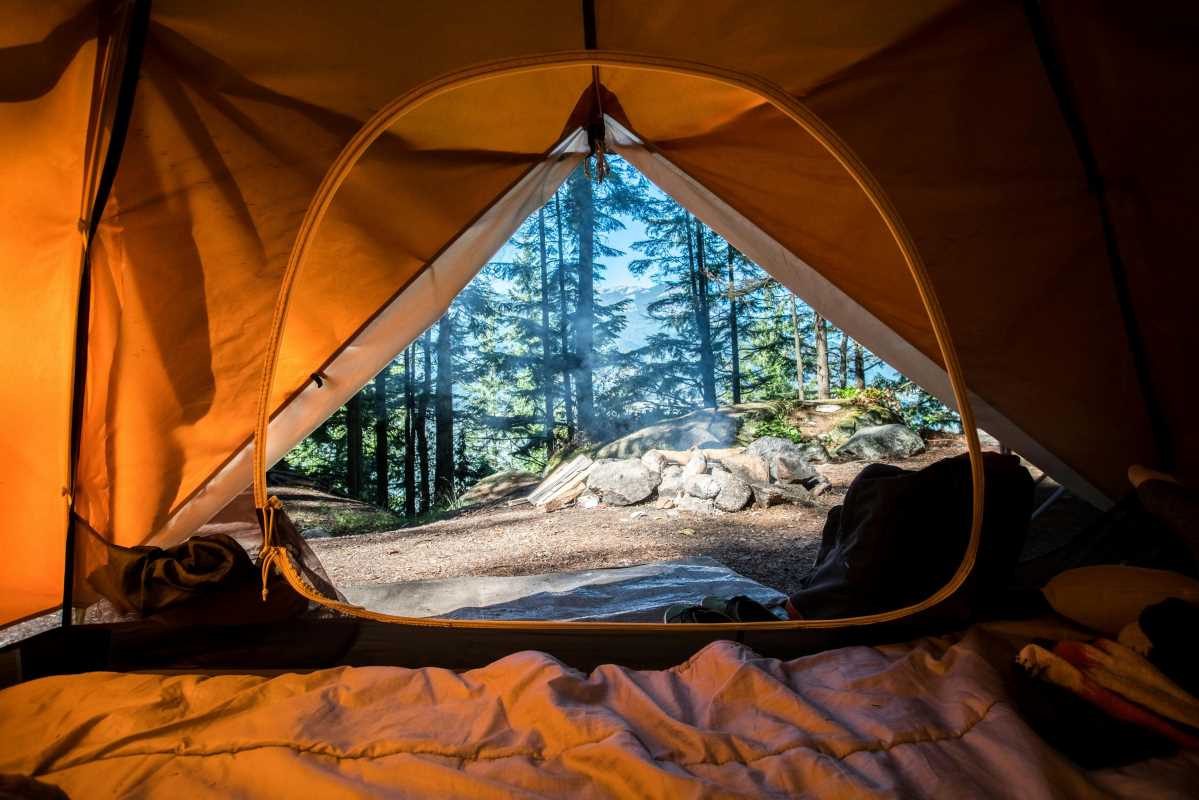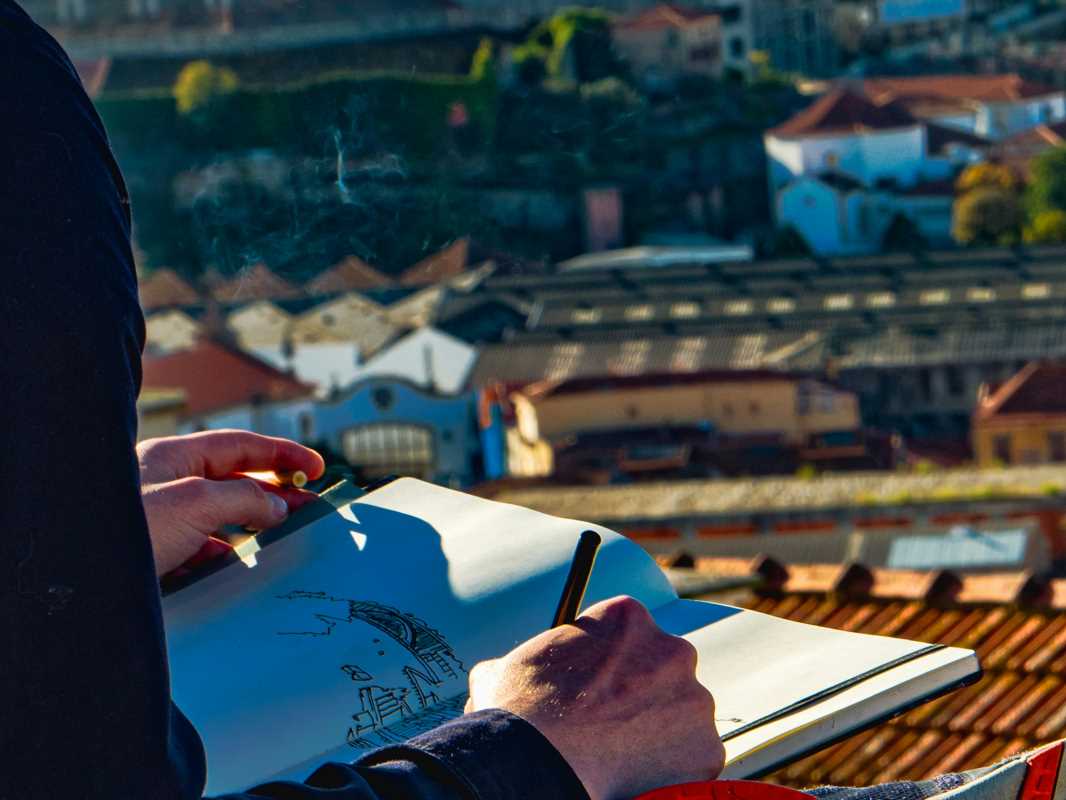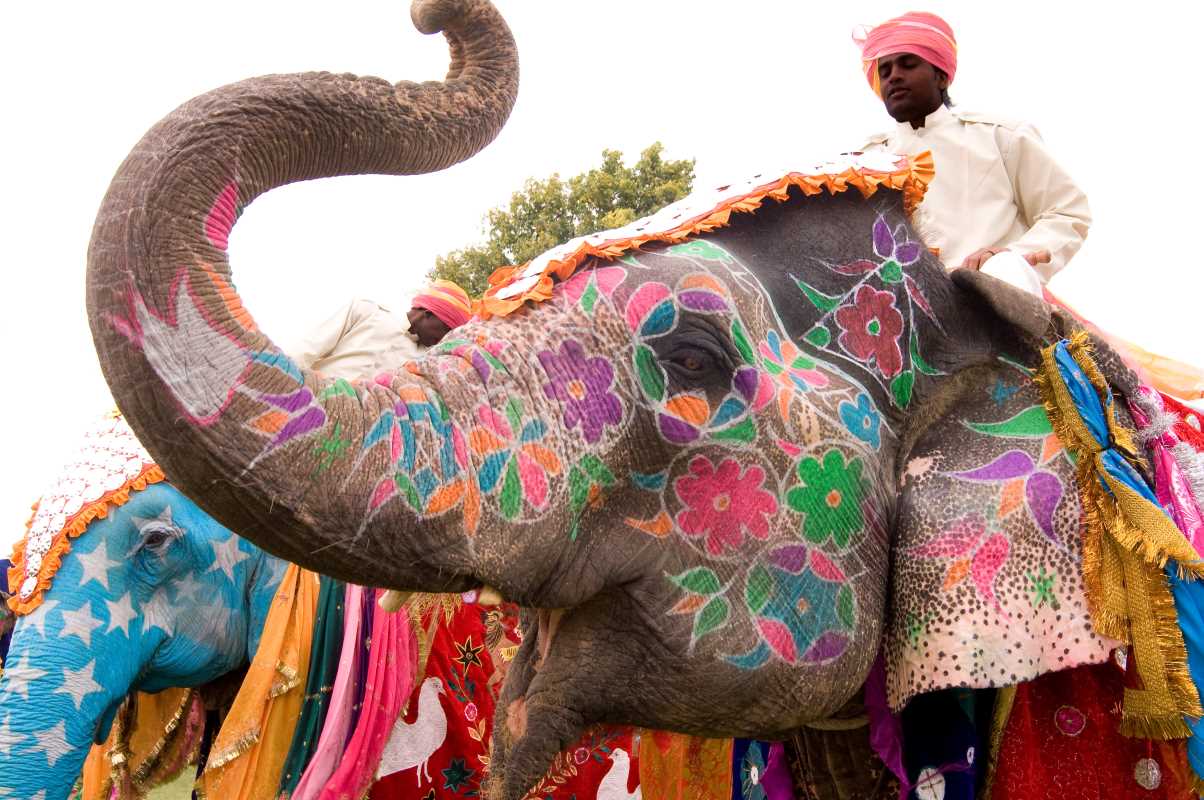Early morning brings a quiet stillness to a hidden campsite, where every sound in the woods draws your attention and encourages a stronger bond with nature. With only essential items in your pack, you rely on your skills and knowledge rather than an overload of equipment, confident that the forest rewards careful actions. You experience each moment fully, tuning in to the sights, sounds, and rhythms around you. Each challenge teaches you something new about the land and yourself, turning every step into a lesson and making you feel more confident and capable with every experience outdoors.
Better Understanding of Nature’s Invitation
Rather than tout benefits in broad strokes, imagine tuning into the micro-world of your surroundings: the way dew clings to spider silk or how shadow patterns hint at wind direction. Sensing these subtleties transforms a forest into an interactive classroom. Quiet observation reveals whether a hidden ridge holds dry firewood or if a stream’s flow marks a safe ford. This sensory map builds quiet confidence, fostering self-reliance that grows with every outing.
Step away from generic advice. Discover how mastering wood selection for fires offers clues about local tree species and moisture cycles. Notice how different soil textures predict drainage and comfort for sleeping spots. Learning these small but vital cues heightens the thrill of exploration, turning each trip into a tailored puzzle that sharpens intuition and cultivates a genuine bond with wild spaces.
Building Lasting Field Confidence
Confidence builds when you know how to apply each tool effectively. Master knot techniques that keep shelter lines taut under sudden gusts, then test them before dusk. Practice reading topographic map contours with your compass beside a crackling campfire—no digital crutch needed. This muscle memory activates when storms rumble in or fog rolls over ridges. It’s knowledge you carry in your bones.
Imagine lighting a fire with a single spark tool amid damp pine needles—you’ve honed tinder preparation by shaving bark curls just right. You understand how humidity alters your stove’s flame, so you tuck a windscreen at an angle, preserving fuel. These nuanced practices build trust in your own hands, turning wild challenges into engaging puzzles rather than stress points.
Seven Core Camping Techniques
- Morakniv Companion – Sweden / Knife
- Features: High-carbon steel blade with a comfortable handle design
- Cost: Around $15–$20, widely available at outdoor retailers
- Insider tip: Maintain a 20-degree blade bevel and wipe with light oil after each trip to prevent rust and ensure smooth fieldcraft cuts
- Coghlans Ferro Rod – Firestarter
- Features: Robust magnesium-alloy core for 12,000+ strikes
- Cost: About $7, compact and pocket-sized
- Insider tip: Scrape away ferro powder before striking for larger spark showers, and stow the scrapings in a small capsule to boost tinder readiness
- Silva Ranger Compass – Sweden / Navigation Tool
- Features: Global needle for both hemispheres and luminous dial for low-light use
- Cost: Around $50, includes wrist strap
- Insider tip: Practice pairing with contour-line reading on weekend hikes—mark a waypoint and verify direction changes under canopy cover
- Sea to Summit Delta Chair – Australia / Portable Seating
- Features: Compact foldable frame with ripstop fabric supports up to 265 lbs
- Cost: Around $100
- Insider tip: Use built-in pockets to hold small items off damp ground, and adjust side tension straps for firmer back support during long evenings
- MSR PocketRocket 2 – USA / Camping Stove
- Features: Rapid boil times, precise flame control, and ultralight at just 73g
- Cost: About $45
- Insider tip: Simmer soups by lowering the fuel valve just until the flame taps into the simmer ring, and store pump parts in a freezer bag to keep them dry
- GCI Outdoor Freestyle Rocker – USA / Camp Chair
- Features: Spring-action rocker legs, mesh back, and stability on uneven ground
- Cost: Retails at $70
- Insider tip: Flip legs inward on sandy sites for extra bite, and clip a carabiner to the frame to hang a headlamp at night
- Petzl Actik Core Headlamp – France / Illumination
- Features: Rechargeable hybrid with 450 lumens output and red-light night vision mode
- Cost: Around $65
- Insider tip: Program double-click red beam for map checks, and carry a micro-USB cable in a dry bag to recharge with a battery bank
Putting Techniques into Practice
When you combine these real-world tools with practiced methods—like aligning your Silva Ranger Compass while studying a topographic overlay under your headlamp—the forest reveals itself in layers. Mark campsites by noting the Sun’s angle on nearby boulders, and refine water-finding routes by observing vegetation shifts near dry creek beds. Such integration of kit and know-how cements your sense of mastery.
Let each element spark your curiosity and push you toward your next trusted procedure.
Gear Choices That Improve Every Trip
- Sea to Summit Spark II Sleeping Bag – 2019 / Insulation
- Features: Ultralight synthetic fill balances warmth-to-weight ratio at 2 lbs
- MSRP: $230
- Insider tip: Compress only one side of the bag for packed trips and let loft rise by flipping orientation at camp to extend insulation lifetime
- Big Agnes Copper Spur HV UL2 – USA / Tent
- Features: Dual doors, high-volume hub design for headroom, and lightweight DAC poles; weighs 3 lbs
- Cost: Around $450
- Insider tip: Swap stock stakes for titanium versions to reduce weight and anchor more securely in rocky soils
- Sawyer Squeeze Filter – USA / Water Filtration
- Features: Removes 99.99999% of bacteria via hollow-fiber membrane
- Price: $40
- Insider tip: Pre-filter cloudy water with a bandana to improve flow rate and backflush with clean water after each liter
- Platypus GravityWorks – USA / Water System
- Features: Purifies up to 1.75 liters per minute using gravity-fed filtration
- Cost: $100
- Insider tip: Hang between sturdy branches using its carabiner holes and use the lower bag as a gentle watering tool for quick cleanup tasks
- Therm-a-Rest NeoAir Xlite – USA / Sleeping Pad
- Features: 2.2-inch thickness with reflective layer for R-value 4.2 at just 8.8 ounces
- MSRP: $180
- Insider tip: Apply a thin patch of clear nail polish at valve threads to reduce leaks and inflate easily under cold conditions
Advance Your Preparedness
Enhance your preparedness by experimenting with gear setups, water methods, and shelter techniques during overnight trips. Test different materials and tools to find what works best in varying conditions. With each outing, your skills grow, boosting confidence and comfort in the wild.







